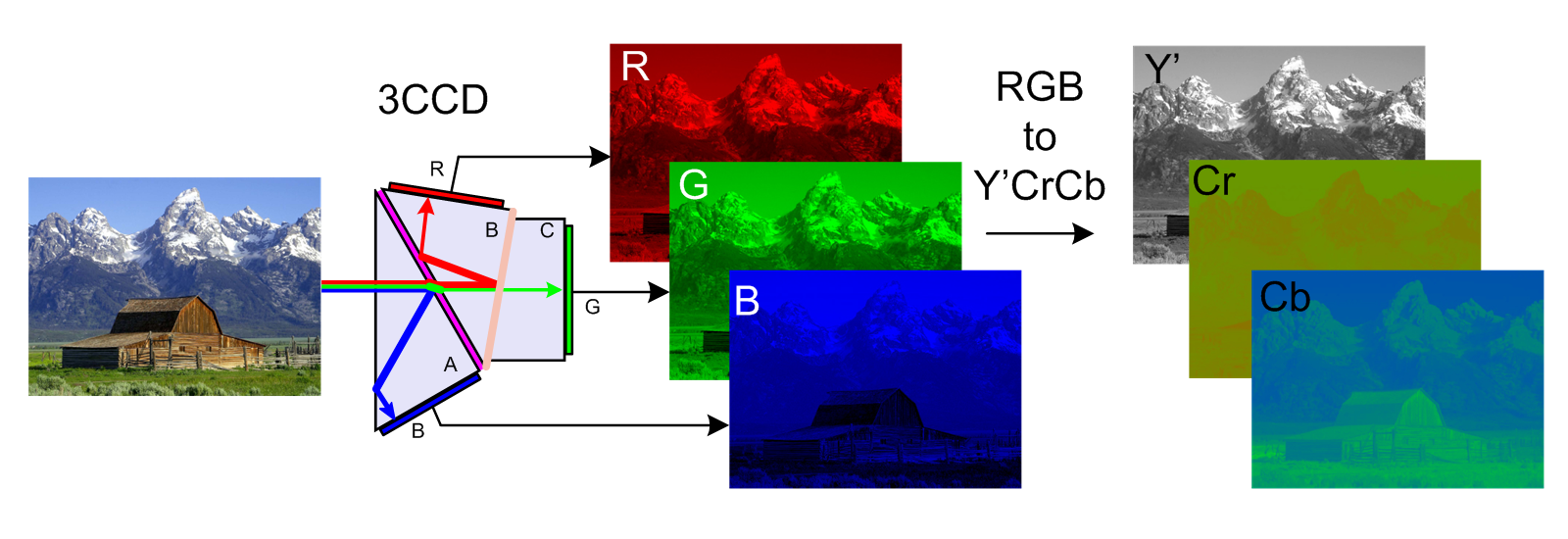Did you know: 4K vs 1080p, chroma sub-sampling and why you should record in 4K even if your TV does not support it yet

Different chroma sub-sampling
We’re here to tell you about one important reason to choose to shoot in 4K, and decide whether to keep the original recording, or downscale to 1080p and still see some tangible benefits.
4K downscaled to 1080p looks better than native 1080p, but why?
At first, you might think that a 4K video downscaled to 1080p should look just like native 1080p. However, this is not exactly so. The reason for this is chroma sub-sampling, a common practice in most smartphones and cameras alike to encode video files using less resolution for chroma (aka color, as opposed to luma aka light).The default chroma subsampling on cameras (and YouTube for that matter) is referred to as 4:2:0. Before looking into this, let’s just freshen your mind that rather than speaking about RGB in pixels for video, we’re more commonly dealing with Y’CbCr. Y stands for luma, the value that says how bright a pixel is, while Cb and Cr refer to the actual color. However, in order to save precious megabytes (or sometimes gigabytes), it has been figured out that as long as you have the luma value for each pixel, you can then share the color value between every four. Thus, you lose 75% of the color information, hence some degradation, but still achieving acceptable quality of recordings. This type of encoding is what is called 4:2:0 chroma sub-sampling, and this is what smartphones and most cameras record into.

In still image we speak about RGB, while for video, we refer to Y'CbCr
While 4K recordings do adhere to the same 4:2:0 rule, once you downsample them (coincidentally, 4 times), every one of those remaining pixels will carry its full color information. This results in downscaled 4K to 1080p video actually looking better since it’s 4:4:4 (retaining full color information) rather than 4:2:0 (retaining only 25% of the color info).
So if you’re still wondering whether there is benefit to recording in 4K now, in times when our monitors and TV have not made the switch just yet, the answer is a resounding yes, at least for those looking for maximum quality.
Follow us on Google News













Things that are NOT allowed:
To help keep our community safe and free from spam, we apply temporary limits to newly created accounts: